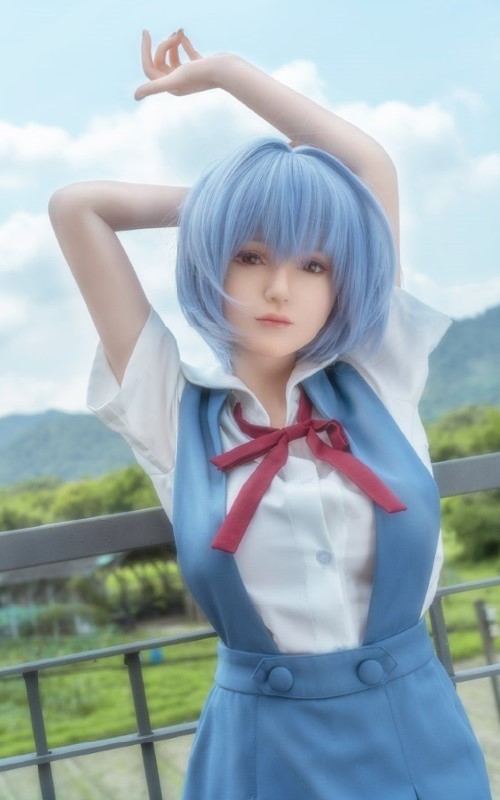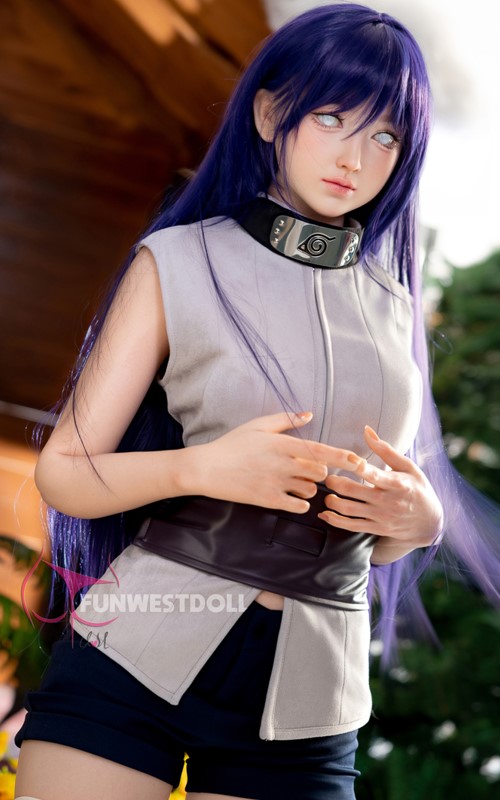One of the most compelling aspects of anime is its ability to portray rich, emotionally complex characters. While some protagonists follow classic hero journeys, others dive into darker, more intricate psychological territory. In this article, we explore anime characters with deep psychological development, focusing on those whose inner struggles, traumas, and growth make them unforgettable.
What Does Psychological Development Mean in a Character?
Psychological development in fiction refers to a character’s emotional complexity, internal evolution, and the realism of their behavior over time. These characters:
- Are affected by past experiences and trauma.
- Make morally ambiguous decisions.
- Experience growth through pain, reflection, or confrontation.
- React realistically to events, often showing emotional depth.
In anime, such development can be dramatic (through trauma or breakdowns) or subtle (emotional maturity, personal redemption). These characters often carry the emotional weight of the story.
Criteria for Selection
To be included in our list of anime characters with deep psychological development, we looked for:
- Clear emotional evolution across a series or arc.
- Inner conflict, trauma, or philosophical dilemmas.
- Consistent behavior patterns that mirror real psychological processes.
- Impact on the story, not just as background, but as emotional pillars.
- Characters from different genres—drama, thriller, sci-fi, and even romance.
Let’s now dive into some of the most powerful and complex characters anime has to offer.
Top Characters with Remarkable Psychological Growth
Rei Ayanami – Neon Genesis Evangelion
Rei begins as a cold, emotionless tool of others—literally designed to be replaceable. But through her interactions with Shinji and her own realizations about identity and existence, she evolves. She starts questioning orders, expressing agency, and even forming attachments. Her psychological arc explores existentialism and the value of individuality.
Shinji Ikari – Neon Genesis Evangelion
Shinji is the quintessential example of a psychologically tormented protagonist. Thrown into the role of an Evangelion pilot, he is paralyzed by fear, self-loathing, and abandonment issues. His growth is not linear—he regresses, shuts down, lashes out—but that’s what makes him so human. His internal monologues, breakdowns, and moral paralysis reflect real mental health struggles.
Evangelion doesn’t offer neat resolutions—it offers realism. Shinji’s journey is about surviving, not saving the world. And that’s precisely why he stands out.
Hinata Hyuga – Naruto / Naruto Shippuden
When we first meet Hinata, she’s a shy, stuttering girl from the noble Hyuga clan—lacking confidence, overshadowed by her relatives, and considered unfit to lead her clan. Her early story revolves around self-doubt, rejection, and emotional fragility. Yet, even from the beginning, her quiet strength is present—especially when it comes to her admiration for Naruto Uzumaki.
Light Yagami – Death Note
Light’s transformation from idealistic genius to tyrannical god complex is one of anime’s most iconic psychological arcs. As he descends into madness under the guise of justice, we see his morality erode piece by piece. His duality—charming student by day, cold-blooded killer by night—forces viewers to reflect on power, corruption, and ego.
What makes Light so fascinating is that we understand his motives, even as we fear where they lead.
Homura Akemi – Puella Magi Madoka Magica
Homura begins as a shy, vulnerable girl who transforms into a stoic, battle-hardened anti-hero. Her development is rooted in trauma: she relives the same tragic timeline over and over to protect Madoka. Each failure breaks her a little more.
Her arc is about obsession, sacrifice, and the toll of bearing pain alone. By the end, she becomes one of anime’s most morally gray characters—and one of its most tragic.
Guts – Berserk
Guts is not just a swordsman with rage issues—he’s a deeply scarred survivor of abuse, betrayal, and war. His journey isn’t about becoming stronger—it’s about choosing to live despite overwhelming pain.
Across Berserk, Guts wrestles with rage, trauma, love, and meaning. His mental battles are just as intense as his physical ones. His bond with Casca, his conflict with Griffith, and his own inner demons make him a case study in post-traumatic endurance.
Tomoya Okazaki – Clannad / After Story
Tomoya starts as a jaded, aimless teenager with a troubled family history. Over time, and especially in After Story, he matures through love, loss, fatherhood, and grief. His emotional breakdown after personal tragedy and his journey toward healing are portrayed with stunning realism.
His arc isn’t flashy—it’s quietly devastating and deeply moving. It’s a perfect example of how slice-of-life anime can tackle psychological complexity.
Examples of Complex Emotional Arcs
What do all these characters have in common? They evolve emotionally in ways that feel organic and unforced. Here are a few examples:
- Shinji’s paralysis and guilt echo symptoms of depression.
- Homura’s transformation mirrors PTSD and moral exhaustion.
- Light’s descent explores how unchecked power corrupts over time.
- Tomoya’s emotional recovery reflects the slow, painful process of healing after loss.
These arcs matter because they show characters changing. Not through a single epiphany, but through struggle, relapse, and hard choices. That’s what makes them feel real.
What Do These Characters Add to the Story?
Psychologically rich characters elevate a narrative beyond entertainment. They:
- Humanize fantastical plots, grounding them in real emotion.
- Encourage introspection, allowing viewers to reflect on their own experiences.
- Provide moral ambiguity, making the audience question right and wrong.
- Deepen the themes and tone of a series.
- Often become the emotional anchor for the entire show.
In many cases, these characters are what we remember the most—not just what they did, but how they felt doing it.
Final Thoughts
Exploring anime characters with deep psychological development is a journey into the soul of storytelling. These aren’t just animated figures—they’re mirrors of our fears, hopes, and emotional struggles. They teach us that growth is rarely easy, but always meaningful.
Whether it’s Shinji facing his fears, Guts battling his inner demons, or Homura sacrificing her sanity, these characters leave a lasting impression—not just because of what happens to them, but because of what they become.


